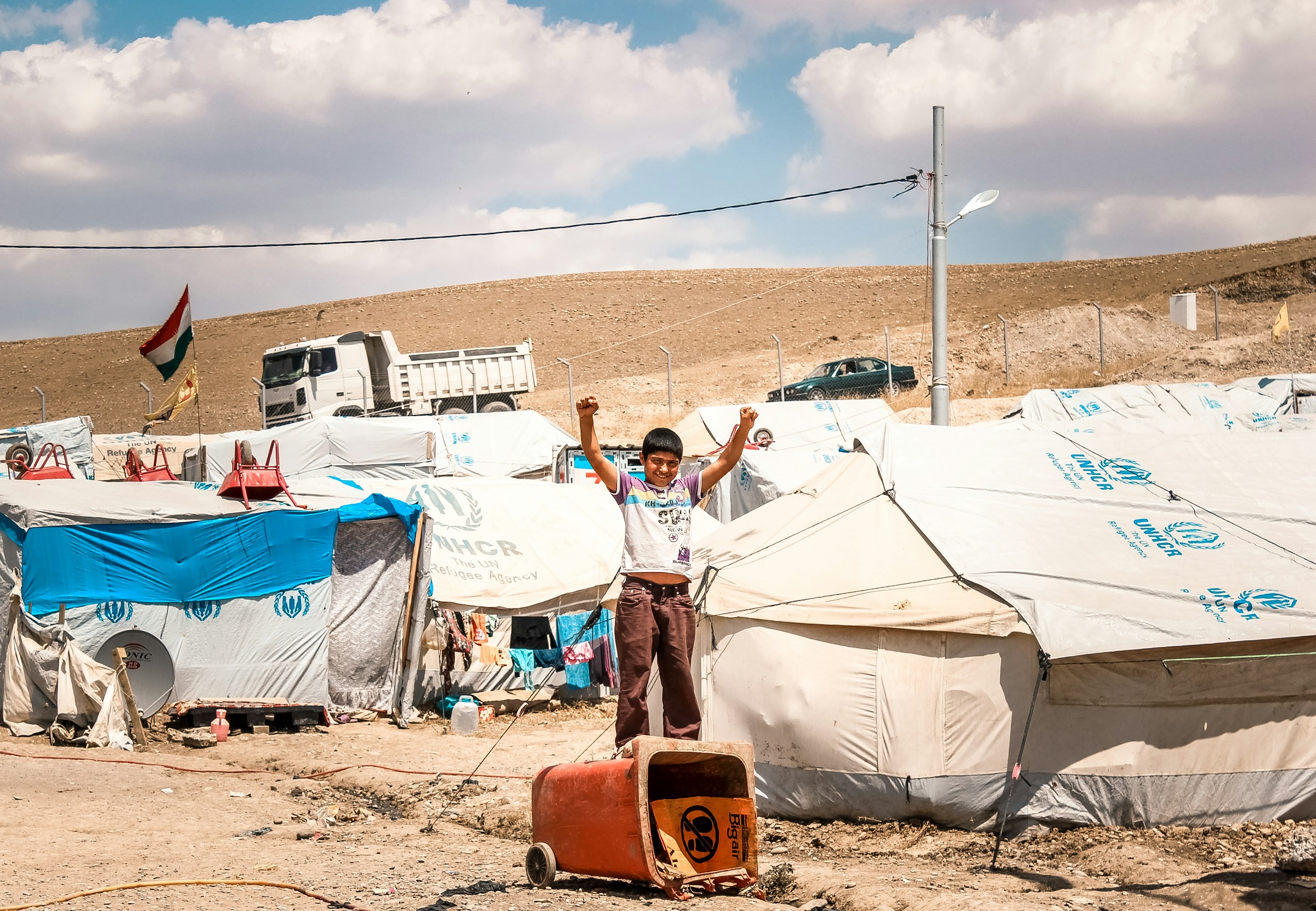While Israel sought to regain narrative control over Gaza aid efforts, its new direct food delivery strategy has exposed far deeper strategic dysfunction. The plan was framed as a sovereign humanitarian alternative to relying on agencies like UNRWA, which Israel accuses of bias. But in practice, this model abandoned the core logic that makes humanitarian logistics work: predictability, legitimacy, and multilateral coordination.
Dozens have died at food distribution sites. Videos of chaos, stampedes, and Israeli gunfire at desperate civilians have gone viral. And behind the optics lies a business model logic that simply doesn’t hold.
This was never just about food. It was a miscalculated bet that operational authority could substitute for infrastructure—and that legitimacy could be bypassed in favor of military-managed visibility.
On paper, the new model looked like a bold reset: cut out international bodies, run aid convoys with Israeli military escort, and deliver directly to "safe zones" inside Gaza. For the Israeli government, it was a two-pronged play. First, to rebut accusations of blockade-induced starvation. Second, to reframe the conversation—from obstruction to action.
But logistics is not performance art. Aid isn't delivered by message—it’s delivered by system. And Israel’s model had none of the functional layers that make food distribution viable in war zones.
No verified recipient registries. No crowd-safety protocols. No neutral aid actors at the point of delivery. Just trucks arriving in unpredictable locations, met by thousands of starving civilians with no process and no protection.
The program collapsed because it treated food distribution like a sovereign asset—not a trust-based ecosystem.
The operational breakdowns were immediate. On multiple occasions, civilians gathering near food delivery points were shot at by Israeli soldiers, who claimed the crowds posed a threat. But the deaths—many from gunfire, others from stampede injuries—highlight a deeper structural issue: the delivery zones were set up with no civilian coordination, crowd infrastructure, or even consistent communication.
In some cases, food was simply dumped in unsecured areas. In others, access points were controlled militarily, but without the humanitarian scaffolding that ensures orderly handoffs—like fencing, timed queues, recipient lists, or NGO verification.
Israeli officials maintained that the program was functioning, even as aid groups like World Central Kitchen withdrew after staff were killed by Israeli airstrikes. The contradiction could not be starker: Israel insists on controlling the program, but resists building the very systems that prevent its failure.
At its core, the Gaza food delivery strategy misapplies security logic to a humanitarian problem. The Israeli military is optimized for command-and-control—not food logistics, trust-building, or neutral access. The moment the program became militarized, it lost the one commodity more important than supplies: legitimacy.
Effective food delivery systems, especially in conflict zones, rely on coordination between multiple actors: governments, NGOs, local networks, and community organizers. They use layered verification systems, phased drops, and communication campaigns to stabilize demand and reduce panic. Israel’s approach discarded all of these mechanisms in favor of direct command—without the civilian partnerships to support it.
It wasn’t just a gap in execution. It was a mismatch of systems. You cannot operate aid like a tactical incursion and expect stability on the ground.
In sharp contrast, regional actors like the UAE and Jordan have run parallel food and medical delivery programs to conflict zones with markedly better results. Their model is distinct: military actors secure corridors and provide protection, but the actual delivery is coordinated through vetted NGOs and local intermediaries.
Even in more hostile regions like Yemen, food drops are executed using digital IDs, satellite mapping, and predictable drop schedules. These systems are designed to de-escalate—not inflame—crowd behavior. And they rely on actors with on-the-ground credibility.
Israel’s program lacked all of these features. It opted for speed over trust, visibility over structure, and sovereign control over collaborative delivery. The result was a humanitarian breakdown disguised as a strategic pivot.
Strategic operators often underestimate the difference between control and capability. Israel believed it could sideline UN agencies and replace them with direct oversight. But in doing so, it removed the only actors with localized delivery networks, verified recipient records, and humanitarian credibility.
This is not a case of logistical misfire—it is a systems failure rooted in strategic arrogance. No matter how many trucks cross the border, if the delivery environment is unstable, the food won’t reach those in need. And when civilians are forced to compete violently for crumbs, the distribution system becomes a vector of harm, not help.
The Gaza food program didn’t collapse because of Hamas interference or crowd panic. It collapsed because the delivery model was engineered for optics, not outcomes.
Israel’s Gaza food program is a textbook example of what happens when political signaling substitutes for operational design. Humanitarian logistics cannot be improvised. Nor can legitimacy be manufactured at the point of delivery.
In the end, it wasn’t the absence of food that turned this strategy deadly—it was the absence of system logic.






.jpg&w=3840&q=75)






-1.jpg&w=3840&q=75)
